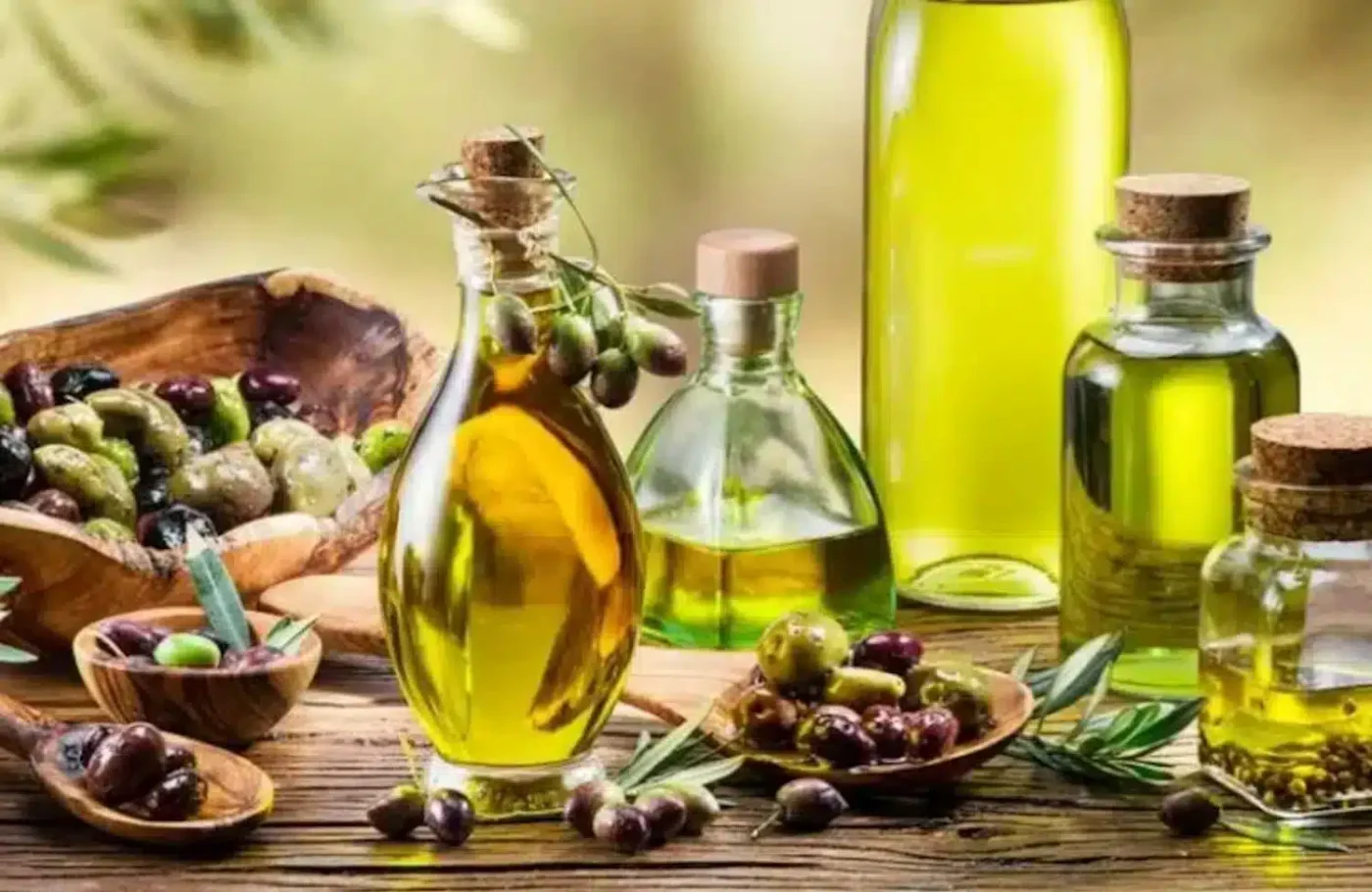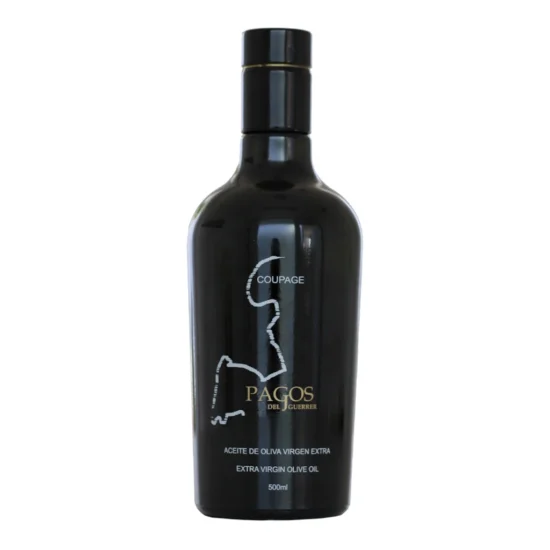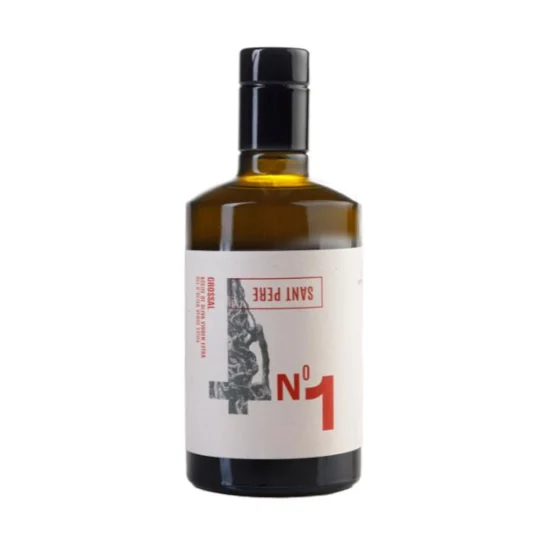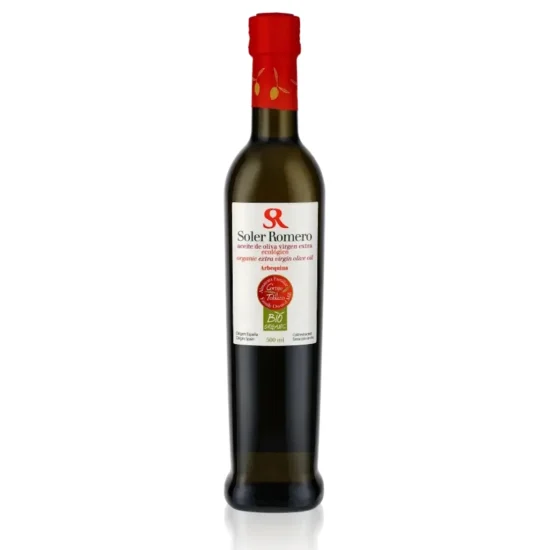
In Morocco, between 3 and 4 liters of olive oil are consumed per person per year. However, the fears of Moroccan olive growers are confirmed, and waves of drought have jeopardized harvests. Professionals say they are desperate, as their losses increase over the years.
After milk and various consumer products, it’s olive oil’s turn. Harvests have been reduced by up to 80% due to adverse weather conditions. Spring frosts, drought, and the summer heat wave of 2022 have not helped. The spring frost prevented normal flowering, and the drought and continued intense heat hindered the development of flowers and, therefore, the fruit.
In fact, the low production is linked to the tree’s behavior. Thus, in the event of intense heat, it sheds its fruit prematurely and closes its leaves to save energy and survive.
Without rain or irrigation, olive trees experience water stress, causing the fruit to shrink and then fall. In fact, precision irrigation allows farmers to control water stress during specific development periods. It is a characteristic of this plant species that, to withstand the intense heat, it prioritizes its survival and sacrifices its fruits.
And in a country like Morocco, where the olive sector has an economic and social focus, the olive tree is the country’s main fruit crop, contributing 5% to agricultural GDP and 15% to agri-food exports.
What worries producers above all is that this situation is increasingly repeated. All varieties are affected, even the most resistant, and this is now the second year of intense drought. However, the lack of water is not the only cause of the drop in production, particularly for imported varieties (Spanish, Italian, Greek, etc.) that are not necessarily adapted to Morocco’s climatic conditions. In fact, very good fruit can be harvested on dry land if the trees are resistant to their environment.
Thus, the main variety cultivated is the Moroccan Picholina, which constitutes more than 96% of the area. The remaining 4% is made up of Picholine Languedoc, Dahbia, and Meslala, which are grown under irrigated conditions (Haouz, Tadla, El Kelâa), and some Spanish and Italian varieties such as Picual, Manzanilla, Gordal, and Frantoio. In general, Moroccan varieties require irrigation, but not as much.
Despite the climatic conditions experienced not only by Morocco but by many other countries around the world, the quality of the olives remains good, even exceptional. Last year, the trees’ productivity was very high, but they were very small and the olives were dry, so their quality and that of the olive oil suffered.
This year, the olives are large and of good quality, but scarce, since below a certain water level, the olive tree slows its photosynthetic activity, which penalizes fruiting and shoot growth, but not quality. Furthermore, this poor harvest will undoubtedly increase prices, the oil will be scarcer, and prices will inevitably rise.
Unfortunately, Moroccan olive oil is no longer among the top ten oils in the world this year, according to the latest ranking by the Evooleum guide of the 100 best extra virgin olive oils (EVOO) in the world. This is the first time in the guide’s history that two Spanish and Italian oils have taken first place in the ranking. These are followed, in this order, by three other Spanish oils, three Italian oils, one Croatian oil, and one Brazilian oil.
Among the 100 best olive oils listed in the ranking, the majority come from ten countries. These include 68 oils from Spain, 17 from Italy, four from Greece, three from Croatia, two from France, two from Tunisia, and just one from Morocco. This is also the case for Portugal, Brazil, and South Africa.
Important Note: aceitedelcampo.com promotes the consumption of extra virgin olive oil for its culinary qualities and health benefits. However, no medication or current treatment should be replaced without the guidance of a healthcare professional.




ALZAYT EXPORT SL
info@aceitedelcampo.com
C/ Eduardo Bosca 19, 2-5
46023 Valencia
Subscribe and receive a coupon by email for your next purchase.